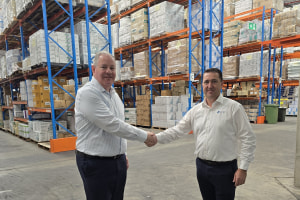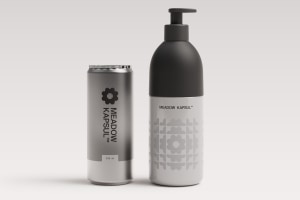As consumers lean towards functional food and beverages, the sports and energy drink market is leading the charge. Market research company, IMARC Group, has released its Australia Sports and Energy Drinks Market report for 2024, outlining current trends and expected growth over the next decade.
The Australian sports and energy drinks market size reached 133.5 million litres in 2024. Looking forward, IMARC Group expects the market to reach 226.7 million litres by 2033, exhibiting a growth rate (CAGR) of 5.58 per cent during 2025-2033.
Fuelled by a growing demand for health-oriented, functional, and sustainable drinks, the company predicts a positive market outlook, owing to changing consumer trends toward natural ingredients, hydration, and energy-boosting solutions.
Increased demand for health-focused and functional beverages
The Australia energy and sports drinks market has experienced a trend towards health-focused and functional beverages, fueled by growing consumer knowledge on the significance of well-being and fitness.

This is reflected in the popularity of natural ingredient-based, low-sugar products with the added functional ingredients of probiotics and amino acids. Consumers are looking for beverages that provide not only hydration but also other health values like electrolytes, vitamins, and minerals.
For instance, Coca-Cola Europacific Partners invested $105.5 million on a new warmfill beverage bottling line in August 2024, which is set to be operational in Q1 2026, aiming to increase its Australian Powerade manufacturing.
Both athletes and the common public consume these beverages, as they seek healthy beverages as alternatives to normal sugary drinks. Intensified focus on healthy living has played sports and energy drinks critical products for the purposes of hydration, energy, and performance.
Consequently, the Australia sports and energy drinks market share is poised to enhance, with high growth forecasted over the next few years. Market prospects point toward ongoing success owing to a movement towards wellness-based options.
Growing popularity of plant-based and natural ingredients
A new trend in the Australia sports and energy drinks market is increasing popularity for plant-based and natural ingredients. They are highly aware of the sourcing and quality of ingredients in their drink, wanting natural, organic, and plant-derived sources for beverages.
This comes as a response to growing worries over artificial additives, preservatives, and chemical-based additives common in conventional energy drinks. Plant-based proteins, natural sources, such as green tea or yerba mate, and plant-based electrolytes are picking up momentum with the encouragement of clean-label-driven consumer demand.
This is part of a wider global pattern toward clean and plant-based diets. The sports and energy drink market in Australia is experiencing more demand for such products, both as a fashion among health-minded consumers and even those who just want to consume less in environmental terms.
Furthermore, the amplifying demand like this is also anticipated to result in Australia sports and energy drinks market growth in market share.
Product packaging innovations and sustainability efforts
Australia's sports and energy drinks sector has been observing an intensifying focus on sustainability, especially in product packaging. As consumers have highly become sensitive to the environmental cost of plastic waste, brands are innovating in packaging solutions to accommodate green consumers.
The shift towards recyclable, biodegradable, and lightweight packaging has been the driving force behind the market. Besides this, there is a significant increase in the adoption of cans against plastic bottles with aluminium packaging regarded as more environmentally friendly because of its recyclable nature.
There are also innovations to decrease the carbon footprint on transportation and manufacturing. This sustainability-oriented trend is allowing companies to realign themselves with consumer perceptions and regulatory pressures and contribute towards increasing the market's expansion.
As such innovations keep gathering momentum, the future for Australia sports and energy drinks market outlook appears bright, with greater focus on environmental-friendly products set to fuel growth in the coming years.






